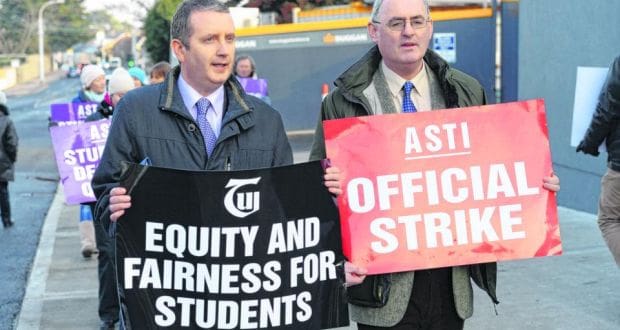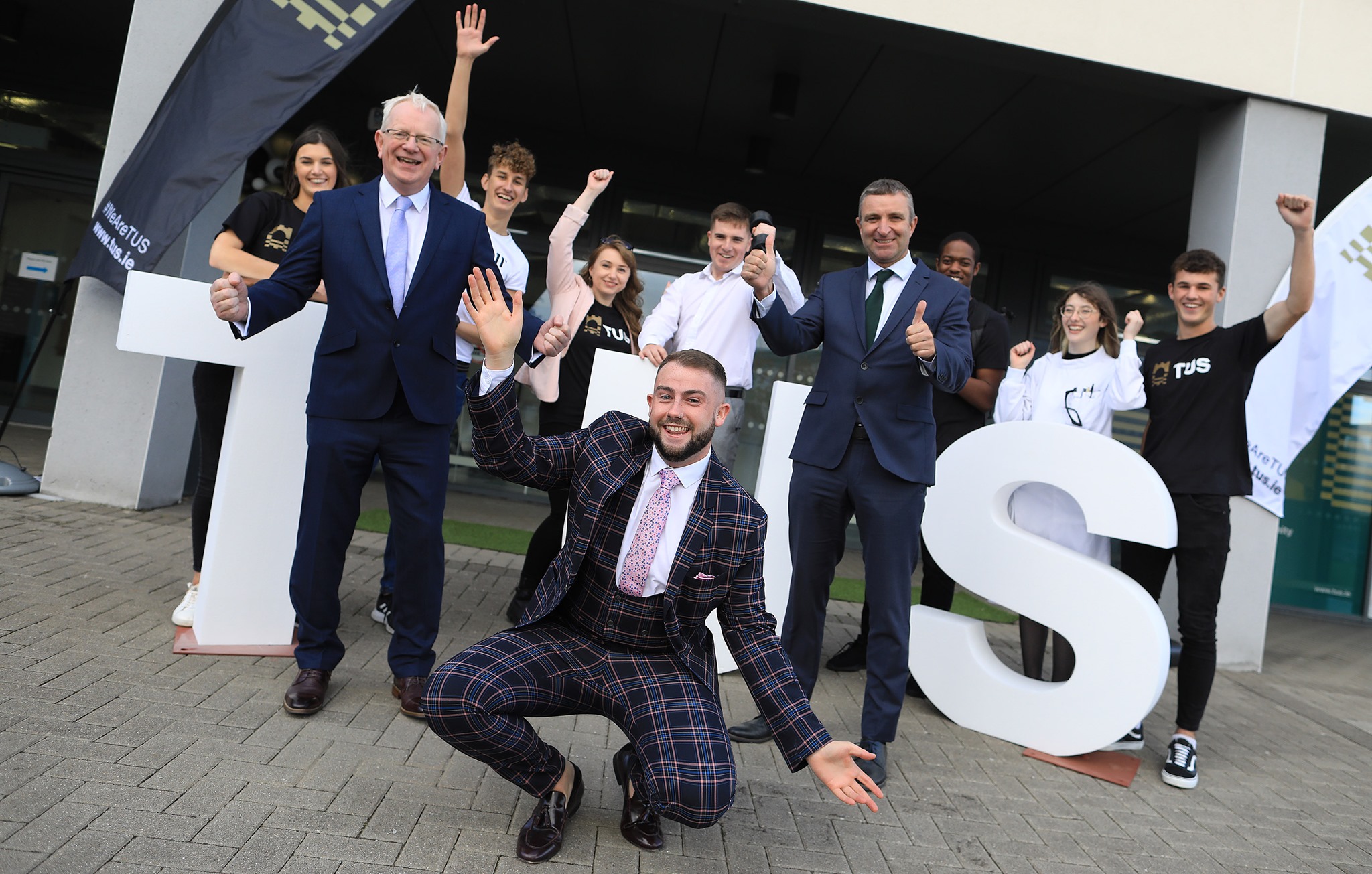Strikes, conflicts, confusion and chaos – they’ve become the norm in Ireland over the last 12 months.
Although, the economy is continuing to strengthen and our unemployment rate continues to fall, we as a country are in the midst of one of the most significant periods of turmoil and industrial action in recent history.
As I write the first Garda strike in the history of the state has been narrowly averted – that inferno’s been quelled, now back to the next blaze that rages with the ASTI who plan to return to the picket line in the coming days.
Gardaí, teachers, bus drivers, postal services, nurses, midwives, train drivers – those who we as a society depend most on are those who are pushing, or have been pushed so far as to feel they’ve no other choice but to down tools.
How did we get to this point? Could it have been avoided?
Are any lessons being learned?
It’s too simplistic to define the industrial actions simply as pay disputes. There are a myriad of reasons why the disputes get that far – workers feeling disenfranchised, unequal, undervalued, employers remaining firm yet feeling threatened.
Feelings, attitudes, perceptions and actions are all based on communication, or a lack of. It underpins everything.
Internal communication and engagement is essential and the most effective way to prevent, identify and resolve discontent in the workplace. It makes a workforce feel engaged and valued.
Could the industrial actions have been avoided with more and better communication?
Just recently I wrapped up on a project with a major international organisation that began as one, altogether different and modest brief, but developed month-on-month to be something bigger and better with far greater and long-lasting benefits and effects for both the company and its staff.
Working with an external communications agency brought value to the corporation in terms of identifying and strengthening weaknesses with fresh and innovative plans and activations.
It was a really interesting project to work on particularly as it often required at short notice a change of plan and time lines in the context of the company’s matrix organisational structure.
Adaptability, reporting and communication was hugely important, not only on our behalf but within the organisation of what we were hoping to achieve, why and how we were going to do it.
The investment of time and resources on this communication was invaluable and while the project has drawn to an end, it’s legacy remains in the innovative approaches taken to internal communication and the platforms available for two-way communication, which will continue to be utilised by the organisation going forward.
Communication is not all about talking – listening can be all the more powerful and effective.
Aoibhinn Twomey is a Senior Account Director with Fuzion PR, Marketing and Graphic Design who have offices in Dublin and Cork, Ireland









